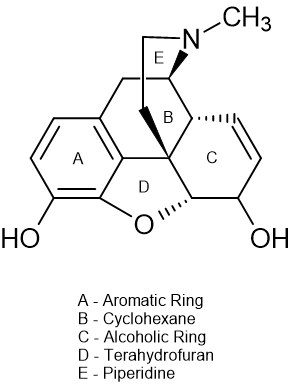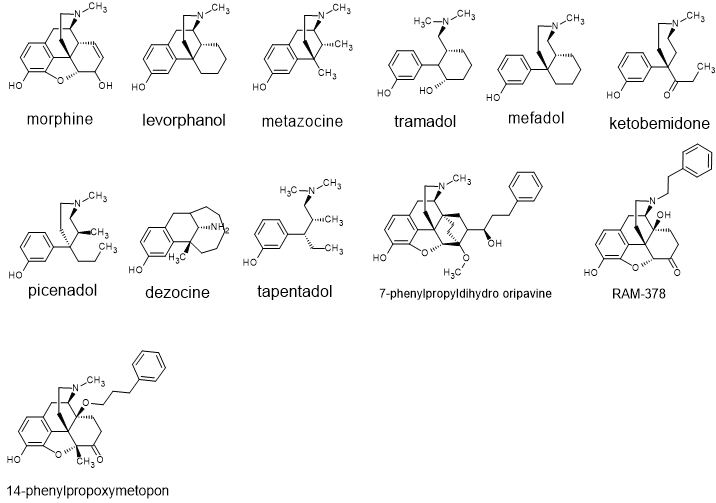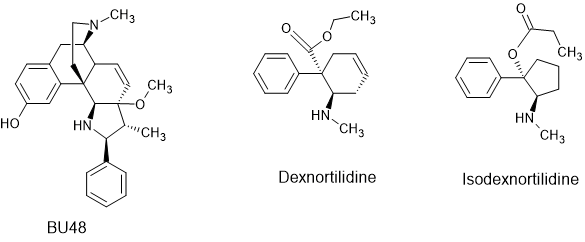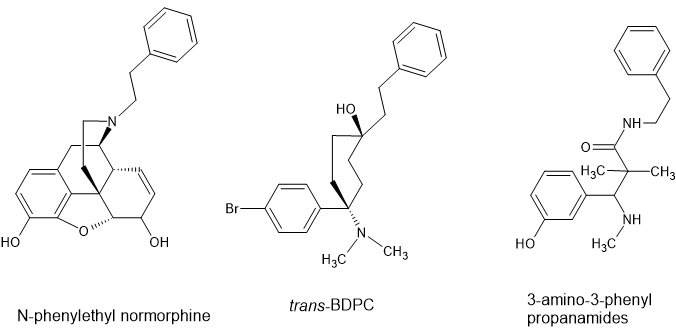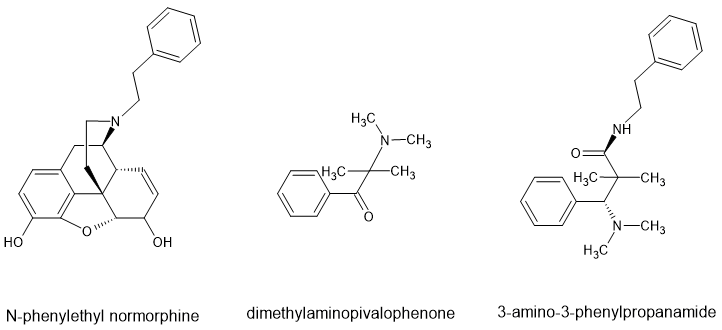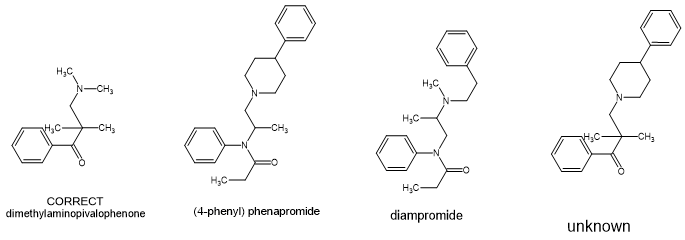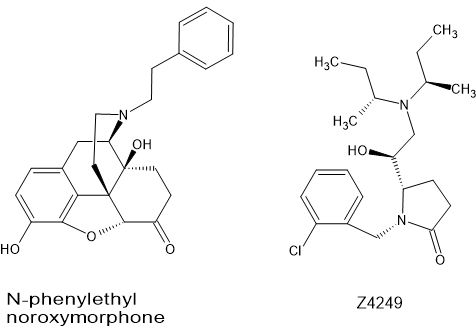Indeed - the NHS only uses diamorphine when analgesia is time-critical BUT it was found doctors who might usually have administered 10mg of morphine would mistakenly just think 10mg of diamorphine was equipotent (diamorphine is only rarely used) so the point of dibenzoylmorphine is that those two heavy benzoyl esters increase the MW of the drug it IS equipotent.
As for desomorphine, it was only used in Switzerland and only briefly during the 1950s. It has no clinical advantage over diamorphine.
I mean, it's onset is as fast as H but it's duration of action is shorter and their aren't many situations in which fast onset and short(ish) duration are ideal. So, again, it wasn't used much because it had no clinical advantage.
I've actually posted a thread on why Korkodil is so toxic. Put simply, if one uses RP/I to convert codeine to desomorphine, the phosphorous can react with the codeine and form phosphonate esters which are VERY toxic. Pure desomorphine is risky enough but some random mixture of compounds... insane.
